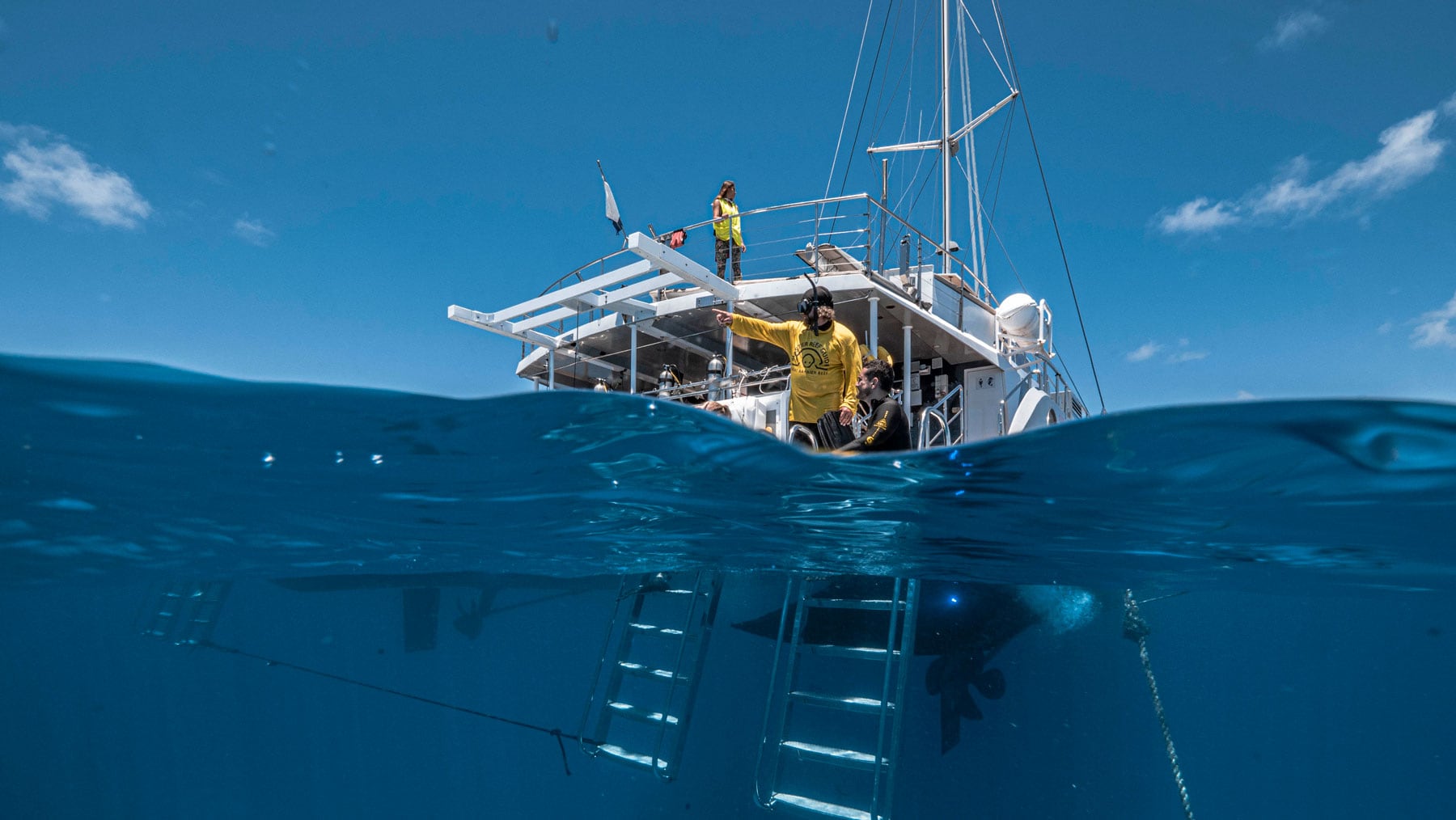Australia – Give back to the Great Barrier Reef
Covering a staggering 344,400 square kilometres (133,000 square miles) of Coral Sea off the coast of Queensland, the Great Barrier Reef is one of the most complex ecosystems on Earth. The region’s tourism operators have joined forces to ensure the Reef retains its incredible diversity through initiatives like the Coral Nurture Program, which sees science and selected tourism providers unite to protect and plant coral and aid propagation. Among them is Cairns-based Passions of Paradise, which has launched a Reef Tour and Eco Experience allowing experienced certified divers to join conservationists and researchers in assessing the health of the World Heritage-listed wonder.

Many other reef operators are committed to sustainability and giving back – Ecotourism Australia’s ECO Certified Tourism stamp is a handy indicator. On a reef excursion with top providers you’ll learn how to act responsibly around marine life, before diving in to do your part in the company of an accredited Master Reef Give back to the Great Barrier Reef Guide. If you’re cruising out of Cairns, your Aboriginal and Torres Strait Islander Sea Ranger guides on Dreamtime Dive & Snorkel’s catamaran not only reveal their spiritual connections to the reef, but also how Indigenous communities have helped to sustain it for millennia.

Back on your boat, use the Eye on the Reef app to record and share marine life and coral conditions with scientists and the Great Barrier Reef Marine Park Authority. Every visitor can collect data and contribute to monitoring projects. Then back on dry land, a visit to the Cairns Aquarium’s turtle hospital or the Cairns Turtle Rehabilitation Centre at Fitzroy Island will help protect threatened and injured turtles. Six of the world’s seven species of marine turtles can be found on the Great Barrier Reef, and many of these animals are in need of rescuing and rehabilitation. This is the mission of both turtle centres, where you can get close to these beautiful creatures before they’re released back into the wild.





